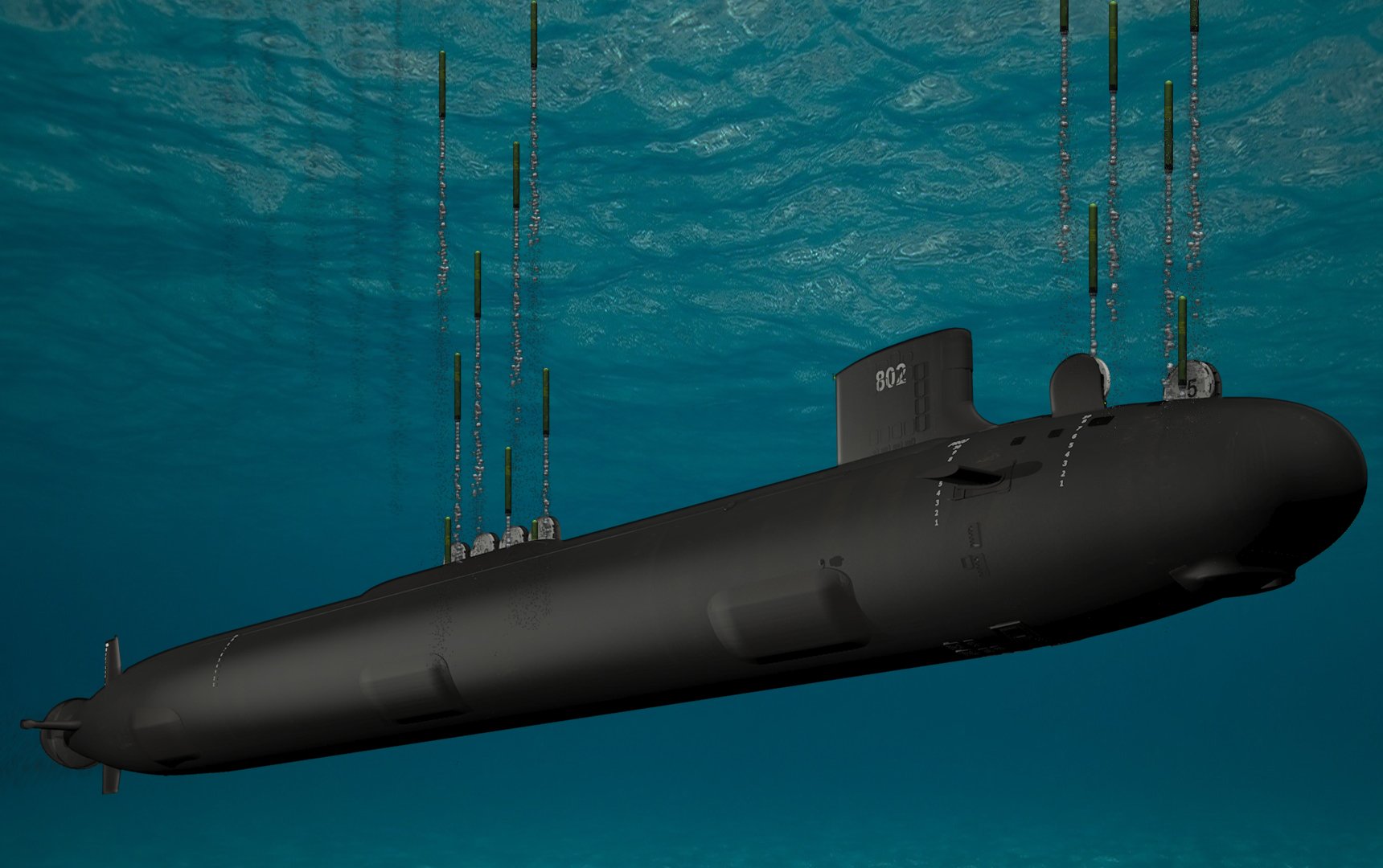
This post has been updated to reflect the passage of the Fiscal Year 2023 National Defense Authorization Act by the Senate on Thursday evening.
THE PENTAGON — Advanced procurement contracts for two of the Navy’s Block V Virginia-class attack submarines have been stalled for 10 months due to an impasse between the service and its lead submarine builder over insurance related to Tomahawk missiles and future hypersonic weapons, USNI News has learned.
General Dynamics and the Navy are split over which organization should be financially responsible if an accident occurred, either during construction or operations, aboard attack boats that field Tomahawks. The disagreement has held up the final long lead items contracts for the two submarines the Navy plans to buy in Fiscal Year 2024, four sources familiar with the conflict have told USNI News. Long lead contracts are typically issued two years ahead of the final construction contracts.
Since 2018, the Navy has not extended the liability protections for Tomahawks to General Dynamics’ new submarine construction, arguing the company should provide its own insurance to cover any accidents that result from its vertical launch system, according to a July report to Congress from the Office of the Under Secretary of Defense for Acquisition and Sustainment obtained by USNI News. The company in turn has told the Navy it’s unable to obtain adequate insurance to meet the risk of an explosive accident that could result in billions of dollars in damages, the sources told USNI News.
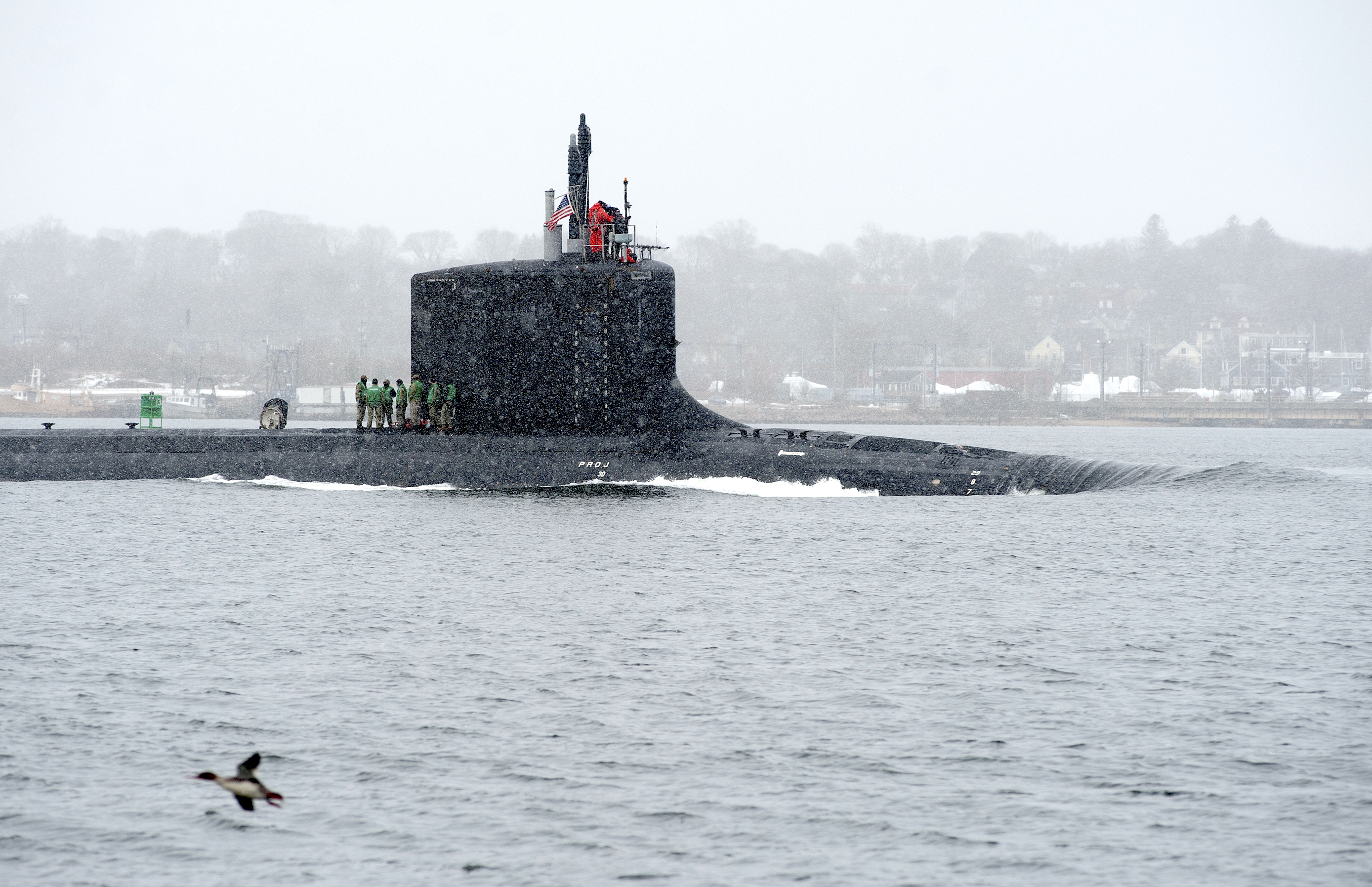
The dispute over the obscure insurance issue between the defense company and the Navy could further delay new submarine construction. The Navy also denied a similar request from Lockheed Martin to indemnify the company from liability should an accident occur with the under-development Conventional Prompt Strike hypersonic missile, a move that could further delay a new weapons program the Navy plans to field on the Virginia-class attack boat’s Virginia Payload Module. Hypersonic weapons and new attack submarines are high among the Department of Defense’s acquisition priorities, officials have said during the rollout of the latest Pentagon budget.
Under the current law, Secretary of the Navy Carlos Del Toro makes the final decision on indemnification for Navy and Marine Corps contracts.
The current Fiscal Year 2023 defense policy bill — passed by the House last week and the Senate on Thursday evening — includes language requiring the Department of Defense to study the indemnification issue and the Navy to deliver a report to Congress on the indemnification issue for the Conventional Prompt Strike weapon system.
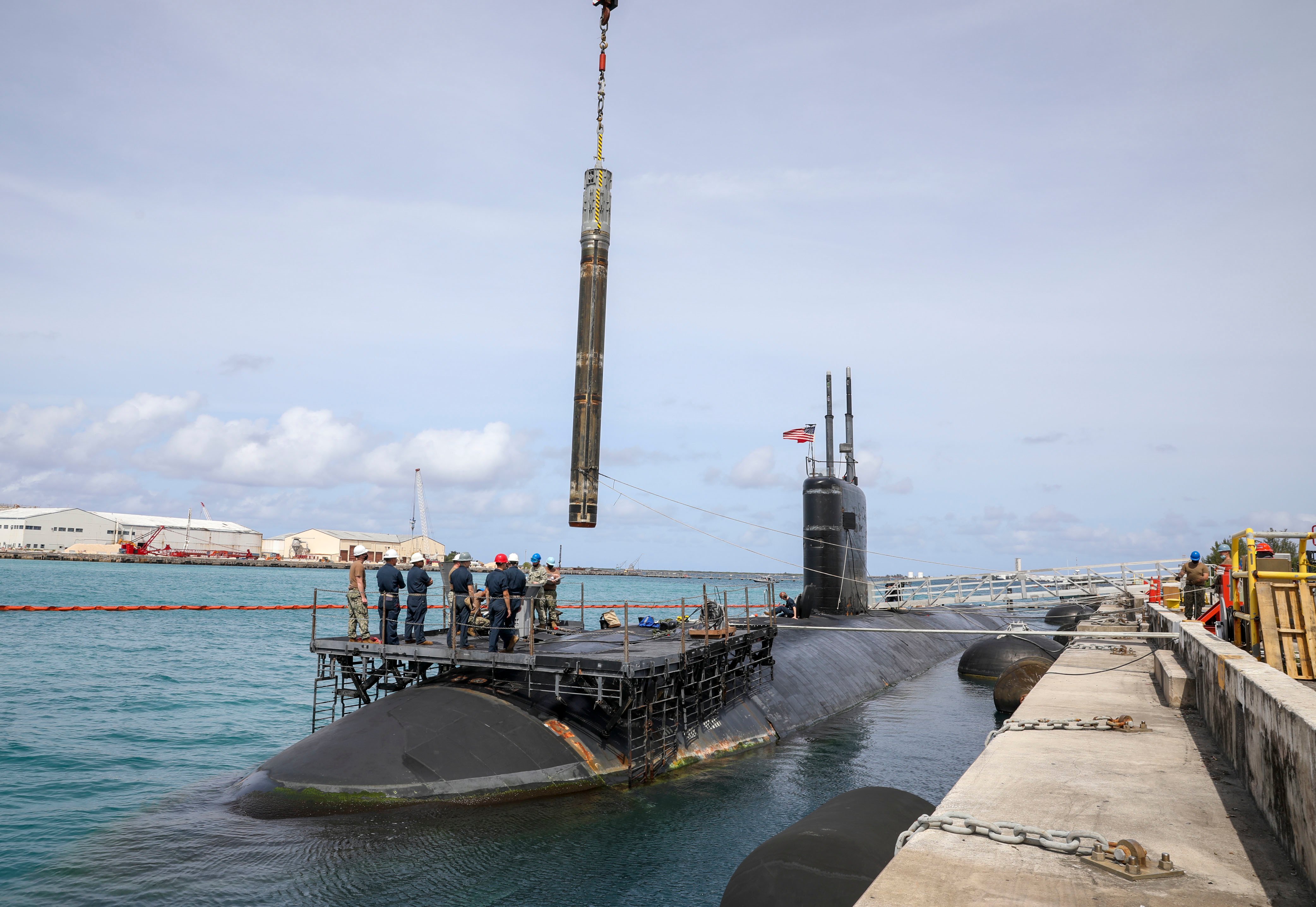
The provision is a compromise from the House version, which would have stripped the indemnification authority from the service secretaries and put it under the purview of the Secretary of Defense.
“We remain concerned with the lack of resolution regarding open indemnification requests related to the Conventional Prompt Strike program, other weapons programs, and the associated planned employment platforms. We note these delays could lead to significant delivery delays for both Navy and Army hypersonic weapons programs, the next block of Virginia-class submarines, and other programs,” reads the explanatory statement accompanying the compromise Fiscal Year 2023 National Defense Authorization Act.
“We are aware of the language in the draft NDAA and continue to actively work with industry to address any concerns related to conventional prompt strike, other weapons, and their employment platforms,” Capt. J.D. Dorsey, the spokesman for Del Toro, told USNI News this week.
‘Unusually High Risk’

For decades, the Navy financially indemnified General Dynamics Electric Boat against a Tomahawk accident on its submarines under an “unusually high risk” provision born from the service’s nuclear ballistic missile program.
The Tomahawk and the Navy’s ballistic missiles, like the retired Poseidon and current Trident II D5s, employ a high-energy solid rocket propellant that has been used for years without incident but carries a small risk of devastating explosions.
“The actual or potential cost of this indemnification is impossible to estimate since it is contingent upon the occurrence and of a nuclear incident or unusually hazardous incident attributable to the utilization of high-energy propellants,” reads a 2008 indemnification memo from then Secretary of the Navy Donald Winter.
“Such incidents may never occur; but in the event of a major event, losses could be catastrophic … In the event of a major incident arising from nuclear risks or unusually hazardous risks attributable to the utilization of high-energy propellants, the possible claims against and loss to the contractors and subcontractors could exceed amounts that contractors should be expected to cover and could easily exceed available insurance.”
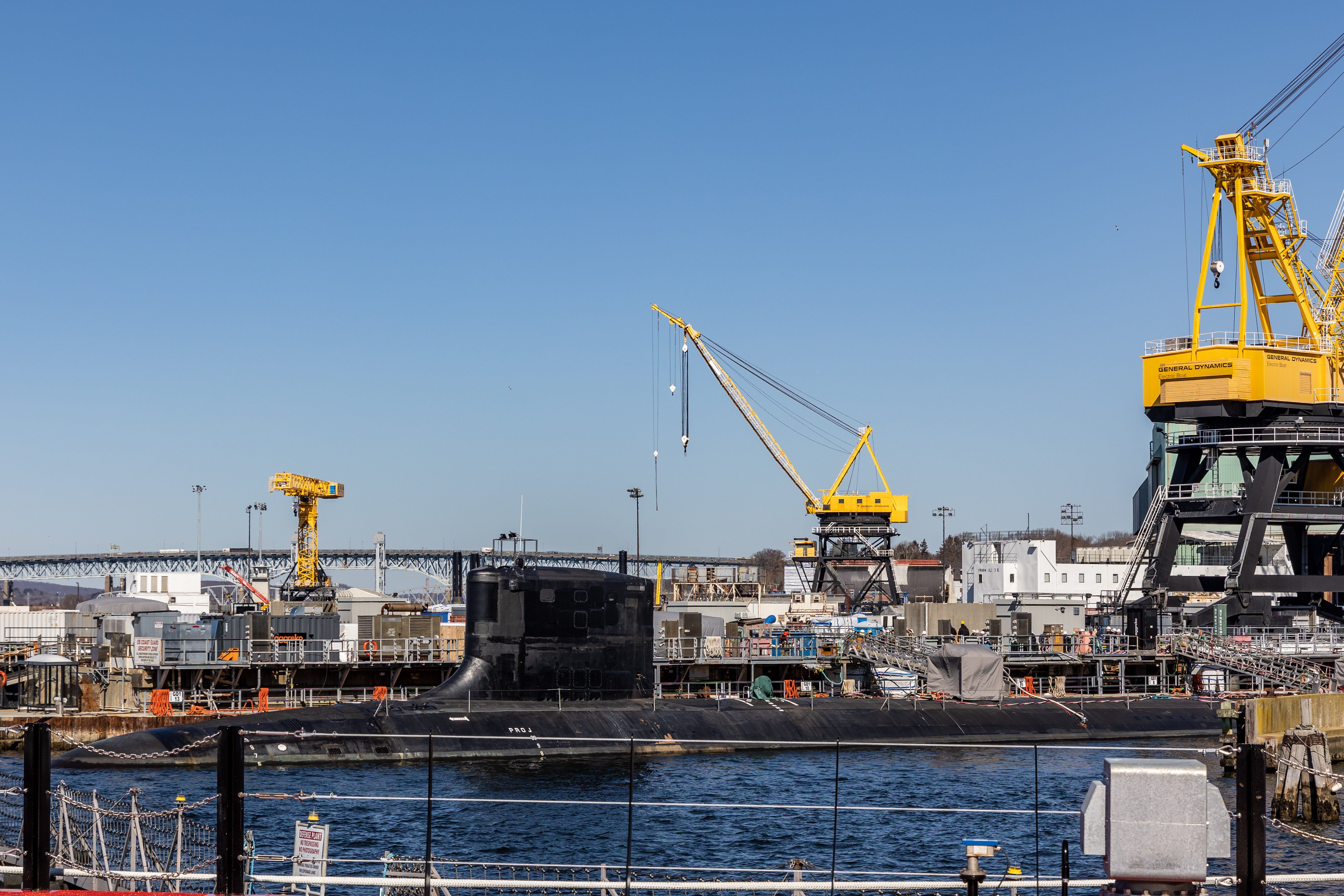
For example, if the propellant exploded at a naval base or at a repair yard, the results would not only damage the submarine but also other nearby ships and infrastructure, with damages that could easily roll into the billions, not including additional claims related to anyone killed or injured in the blast.
The Navy fielded a nuclear variant of the Tomahawk for decades and the service grouped the Tomahawk Land Attack Missile with the other nuclear submarine-launched missile in terms of indemnification, according to a July Pentagon report to Congress.
“In the past, DON approved indemnification requests for nuclear-capable Tomahawk missiles (TLAM-N) and related systems. In 2015, the Navy completed all actions related to the retirement of the TLAM-N, but the Tomahawk continued to be included in the Secretary of the Navy (SECNAV) annual indemnifications through 2018,” reads the report.
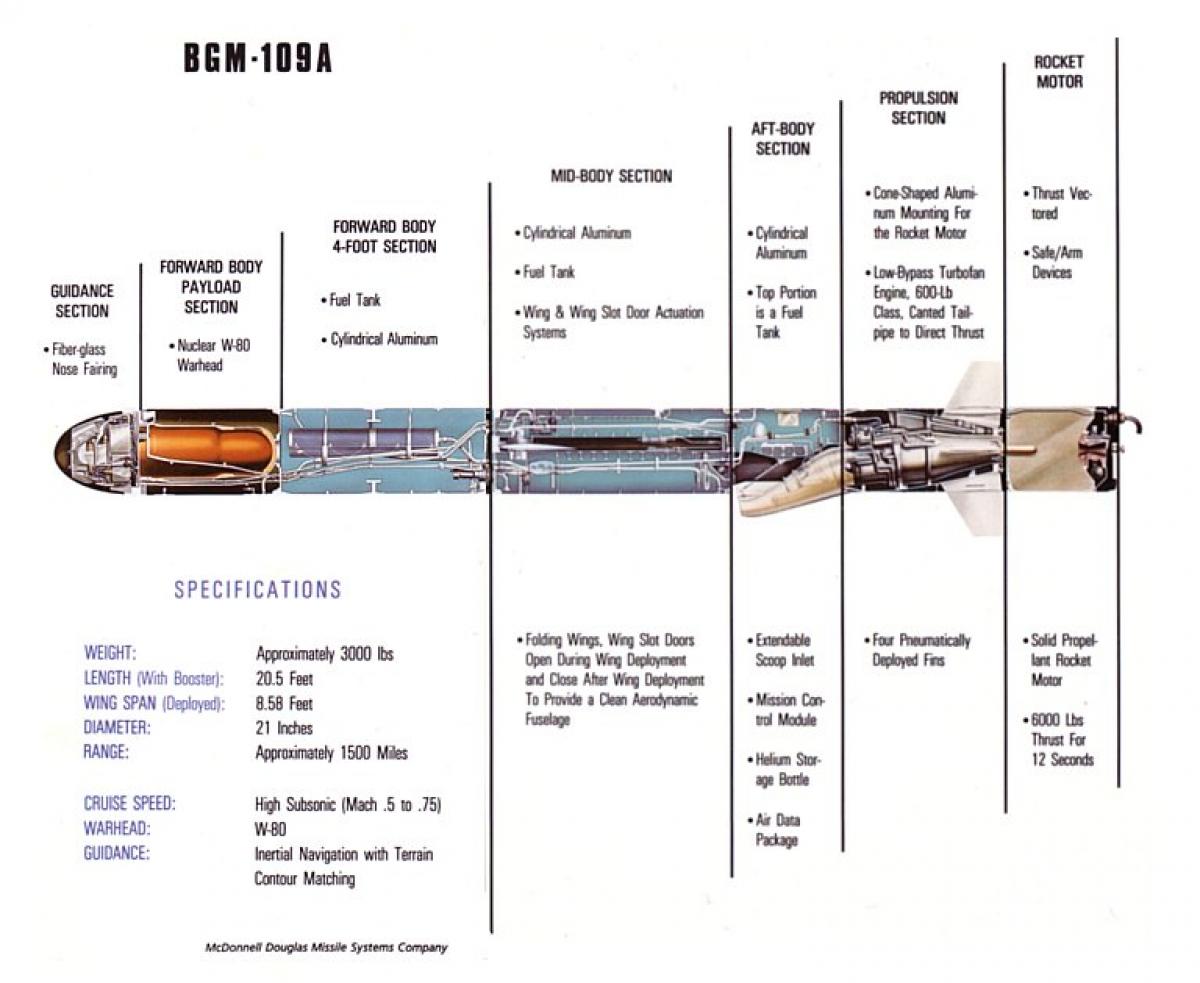
“The period of coverage for the non-nuclear version of the Tomahawk was brief, and DON adjusted its indemnification decision in a reasonable period of time … DoN never considered Tomahawk propellants to present an unusually hazardous risk on their own, nor does DoN believe contractors lack the ability to obtain adequate insurance for the risks this missile system now presents.”
The Navy does not indemnify Tomahawks aboard surface ships as an unusually hazardous risk, but the risk of an accident on a surface ship is much lower than it is aboard an underway submarine, one source familiar with the system told USNI News.
General Dynamics is the prime contractor for the Tomahawk vertical launching systems aboard the Navy’s Los Angeles and Virginia-class attack submarines, but Raytheon builds the actual missile.
“General Dynamics Electric Boat’s request for indemnification is different, as the company is under contract solely for the launch systems, not the missiles,” reads the July Pentagon report.
The fear from a company like GD is that claims from a catastrophic incident could be an existential threat to the company, three sources familiar with the company’s reasoning told USNI News.
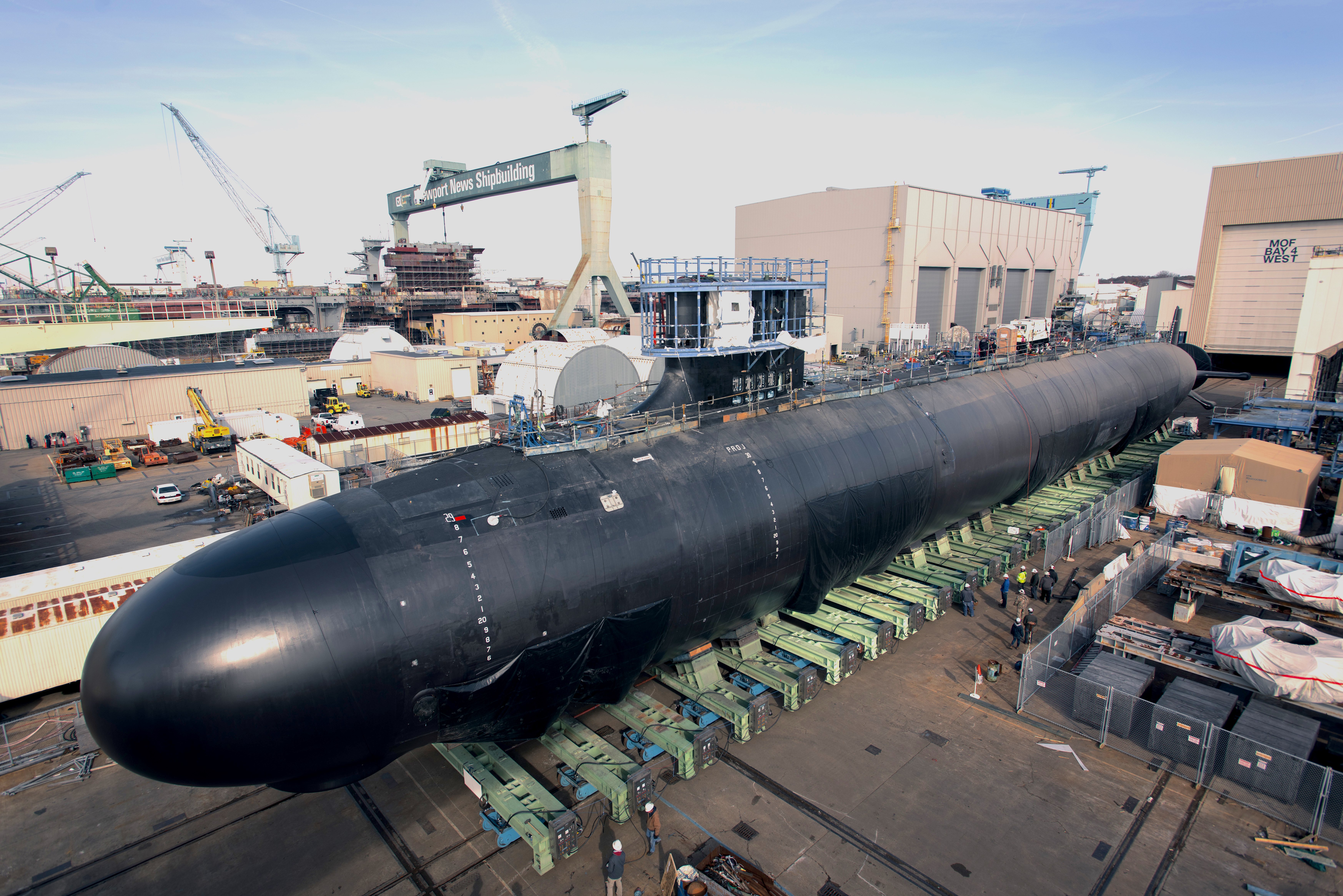
A General Dynamics spokesman acknowledged a request for comment but referred USNI News to the Navy. A Raytheon spokesperson declined to comment on the issue when contacted by USNI News. A Lockheed Martin spokesman referred questions from USNI News on their indemnification request to the Navy.
Defense contractors involved in the effort have been unsuccessful in finding an insurer to cover the risk of a Tomahawk accident, one lawmaker said during a May House Armed Services Committee hearing.
“One issue, which I think the Navy has created some schedule risk was the change in policy for unusual hazardous risk indemnification, which again, there’s just no question the Navy changed its policy in the last administration, in terms of how, you know, who bears the cost in terms of indemnification,” Rep. Joe Courtney (D-Conn.), who chairs the House Armed Services seapower and projection forces subcommittee chair, said during an exchange with Jay Stefany, who at the time was performing the duties of the assistant secretary of the Navy for research, development and acquisition.
“[Private industries] have found insurance coverage that is the maximum allowed in the market, $2 billion of coverage, which I think is certainly a good faith effort.”
In a July military readiness hearing, Courtney said repair work on both Virginia-class and Los Angeles-class attack boats at the private shipyards could stall due to the indemnification rules.
“This issue really is just screaming out for a resolution. And I honestly believe there’s a compromise here,” he said.
“We can have contractors get insurance — risk insurance to the maximum that’s available in the market. But that — as was the case for 40 years, that the Navy will be there sort of as a backstop… [for] this high-risk activity.”





